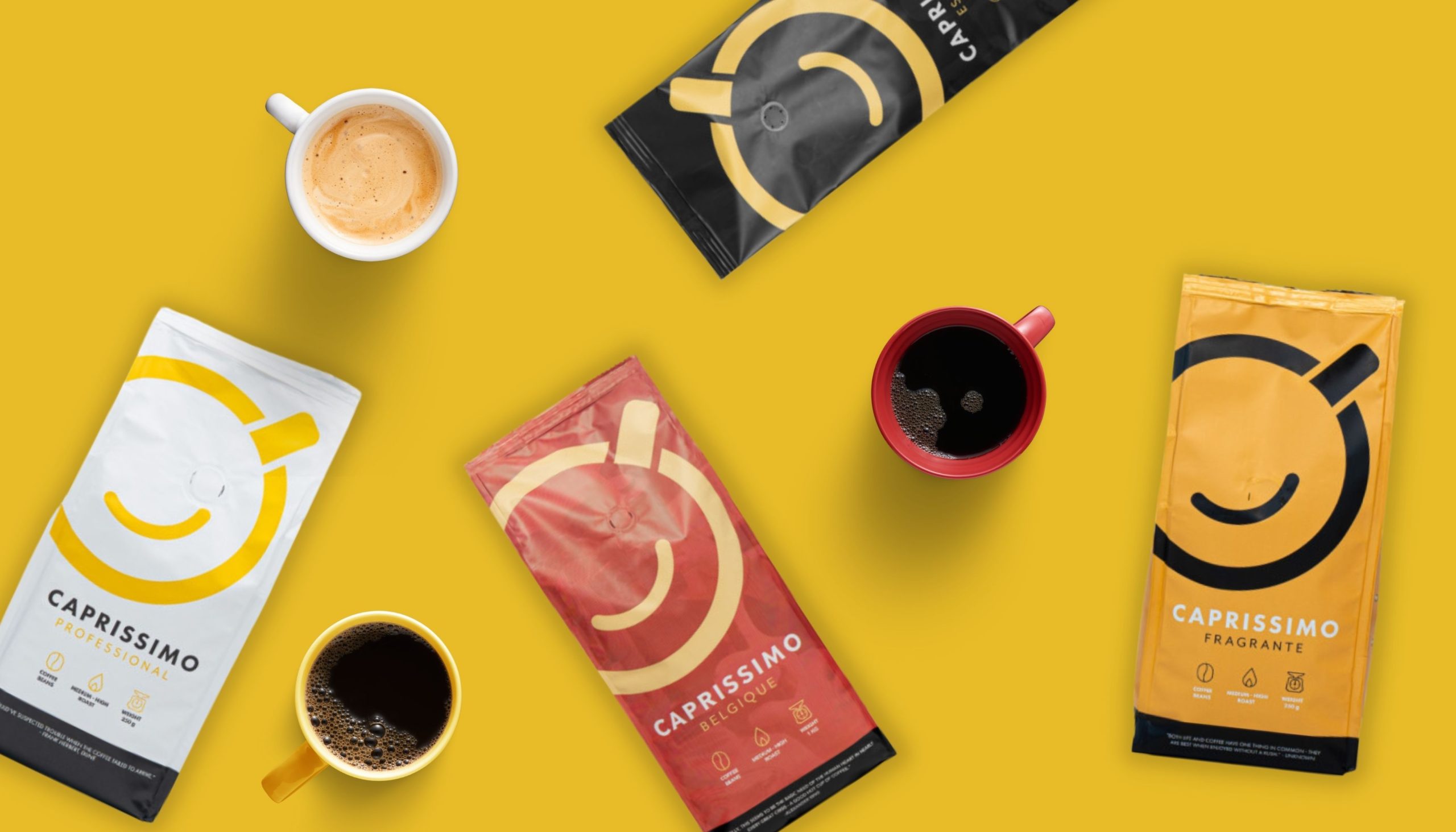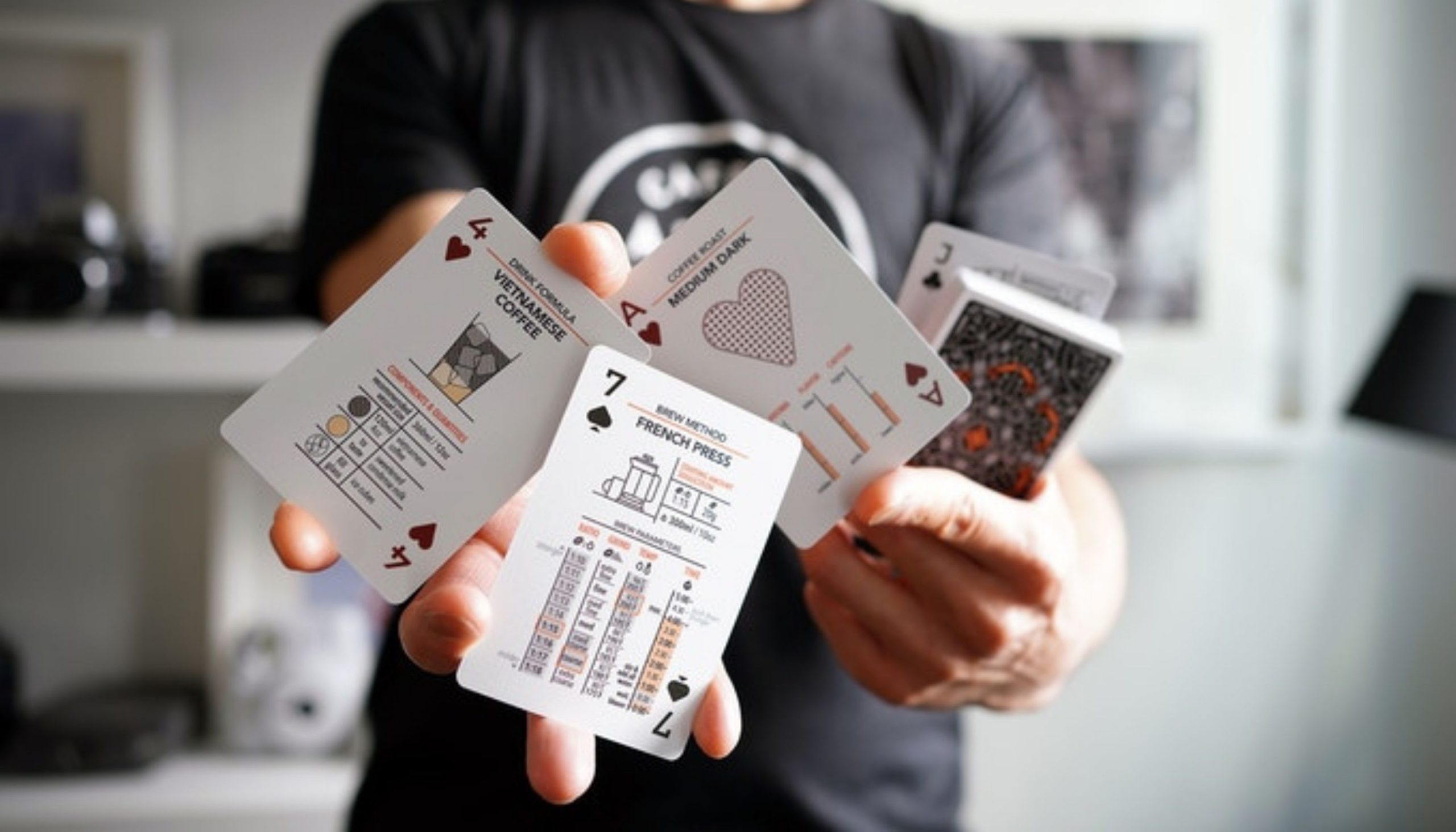A guide to better understanding coffee labels: what do they say?
We live in the age of the coffee aficionado! You may adore coffee, and know what you like. You might also have favourite varieties from around the world and brands that you know and love, but how much do you really understand about coffee?
[Sassy_Social_Share]In this guide, we delve into the labels, and what they say about your beverage. Coffee labels are actually full of great information, but if you don’t understand what the labels are actually saying then there is very little point in even reading it. Arm yourself with more information about what the label is trying to tell you, and it is very likely you will end up with a drink you love.
Blend or Single Origin
Virtually every bag of coffee will tell you whether it is blended or comes from one single origin. “Single-origin” means that it comes from one particular region or even one farm. This usually means more unique flavours and characteristics.
Blends are a mixture of different beans. Sometimes this is done for flavour, but actually, sometimes it is just about what coffee can be bought cheaply. A blend doesn’t tend to have the same appeal to aficionados.
If you buy a single-origin coffee, it is more likely you’ll be able to pick out the nuances and character of the flavour that comes with that specific origin.
The origin itself will also be included. Where is it from? You’ll notice certain differences between flavours based on where the coffee is from, but this varies so much, even within one country, there are likely to be many regions with their own flavours and characteristics.
Roast Level
How long the roast is, and how dark the coffee ends up. This is often also called the roast “profile”. It varies between light, light-medium, medium, medium-dark, dark, and very dark.
Espresso may be roasted a little darker, but it is all about personal preference. A darker bean tends to be more oily and can have a more bitter taste. The lighter roasts can be a good option for those who like a lighter, fruitier taste. This is just one aspect that goes into dictating flavour.
Grind/Brew Method
If you are not buying beans, and you are looking to buy pre-ground coffee that can go straight into your brewing method, you should look at the grind size or the brew method. Different types of grind size are suitable for different methods. For example, coarse coffee is better for a French Press preparation method.
This is not always something that is included on the packaging, and obviously if the coffee is not ground, it is up to you to decide how to grind and brew.
Altitude
Undeniably, the altitude at which the coffee is grown has a big impact on the flavour. You may see it listed on your labels, measured in metres above sea level (m.a.s.l.).
Coffee grows slower in higher altitudes and this can allow a complex taste profile, and a better-perceived quality, but there is a lot more that goes into the taste than this. Currents and winds can also impact the coffee flavour more than the altitude, so it is all about context. This is just one part of the coffee label.
Processing Method
Coffee is actually a berry rather than a bean. It’s normally red when it is ripe and the processing method is what turns it into the “bean” we see when we buy coffee.
A wet/washed processing method is when the flesh of the berry is taken away using water before drying the beans.
A dry/natural method is when the coffee gets dried in the fleshy cherry for a sweeter taste, but it is often less consistent in its results.
Honey coffees have varied levels of the fleshy pulp still attached while they are dried and processed.
Flavour or Tasting Notes
Often, because there is so much that goes into the taste profile, the tasting notes are included. Even if you know the origin of the coffee and the altitude, you may not know how it is going to taste.
A process called cupping is used to understand the flavours and rate them for potential buyers. If there are “notes” of other specific flavours they will be included in this section of the label. For instance, it may be listed as having a dried fruit or cocoa taste to it.
Of course, the taste is slightly subjective, but it gives you a great guideline. Tasters often do full courses teaching them how to cup and rate coffee, so they are certainly well-educated on the subject. You’ll get to know what sort of tastes you’re looking for from your drink over time.
Conclusion
So there you have it. As you can see, there is a lot that you can learn about the coffee just by looking at a few simple measurements or ratings on the front of the label. The altitude, where the coffee is from, and how it has been roasted. These all play a huge part in dictating what the coffee is like or even how it should be prepared.
This is a guest article by Coffee Friend
All images in this article belong to Coffee Friend Group.
About CoffeeCode
CoffeeCode is the UK’s fastest growing and most exciting coffee blog, and has a focus on great coffee, inspirational design and sustainability.
We always do our best to attribute photos, videos and quotes and information to their original sources. Please contact us if an attribution or content is missing or incorrect.







